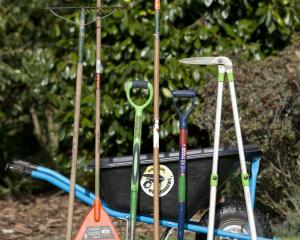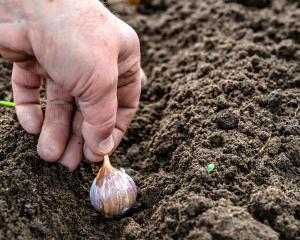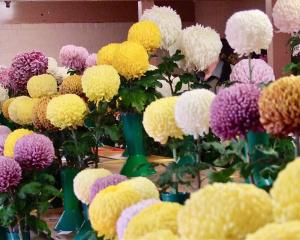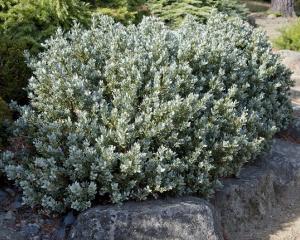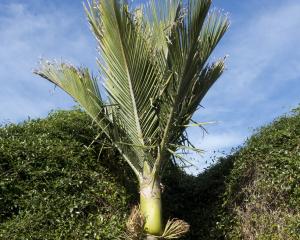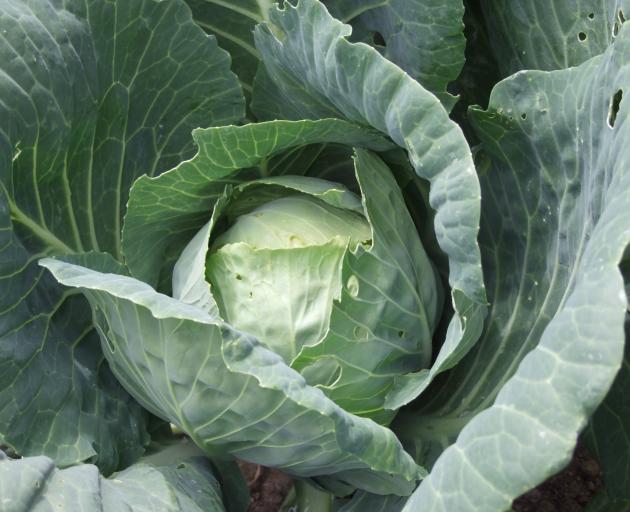
Vegetables
Cabbage, cauliflower, carrot and turnip crops will be maturing in the garden in the next two to three months. It is not difficult to produce plenty of these popular vegetables in summer and autumn, but to have good vegetables and the right quantities of them year-round requires much forethought and skill.
Cabbage, turnip, swedes, dwarf peas, silver beet, spinach, parsley, lettuce and early carrots can be sown to ensure winter and spring supplies.
Transplant celery and leeks into rich soil.
Savoy cabbage, Brussels sprouts, broccoli, kale and silver beet can be planted with plenty of room for full development and freedom from pests.
Garden rubbish easily gathers in corners now that crop harvesting is in full swing. It can be a breeding place and shelter for slugs and snails, woodlice and overwintering fungus diseases. Clear it up and dispose of it on the compost heap where, in the warmest period of the year, it will soon disintegrate into valuable compost for mulching and top-dressing plots.
Potatoes can be lifted for festive meals, without waiting for the tops to die down. The tender skins will be damaged if the work is done roughly but will soon harden and ripen in storage. Keep them somewhere cool and dark.
Straw has many garden uses. As a mulch between growing crops, it reduces weed growth and will be helped to break down by any foot traffic between rows. As it decomposes, it is converted into humus and the locked-up plant foods become available to the crops.
Flowers
Many gardens will be full of growth now as gardeners’ plans for the summer display come to realisation.
Half-hardy annuals may have suffered under wintry spring weather. Make a note to plant them in better-sheltered spots next year.
Hedges recently trimmed may need a quick tidy up if any missed shoots are now making strong growth. Some hedges, Lonicera nitida and privet, are common offenders and need regular trimming.
A close-growing hedge, well furnished with leafy growth right up from the base, provides an attractive windbreak and boundary marker, though.
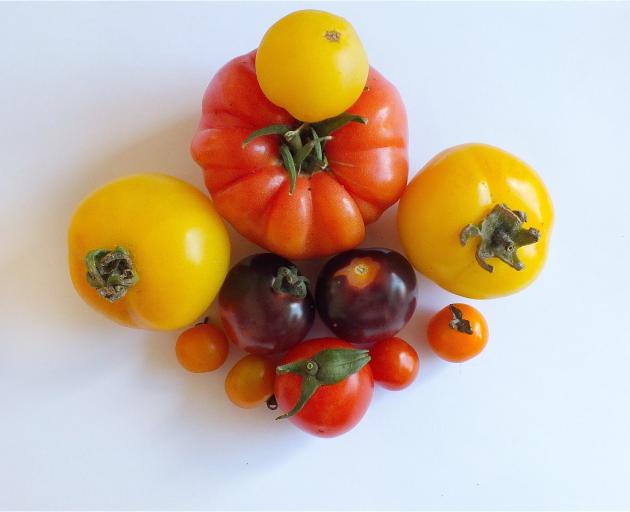
Fruit
Outdoor tomatoes should be staked and tied for support. Remove side shoots forming in the axils of leaves.
When the first fruits have formed, a weekly soaking with water, followed by some liquid manure, will help them swell and ripen.
Heritage tomatoes are gaining popularity not only for their flavour, but also their colour. Generally, the paler a tomato, the lower in acid it will be, so the white and lemon-yellow varieties have the lowest acid.
Growing conditions affect the acid and sugar levels of tomatoes, which is why the same variety may taste somewhat different in a cold season compared to those grown in a hot summer.

